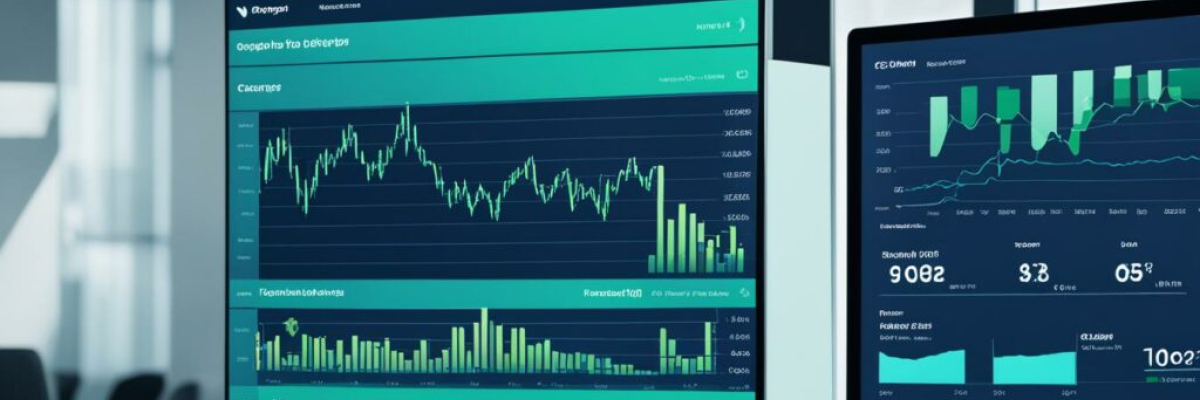Relishing the Rise in Earnings from Bitcoin Mining as 2023 Winds Down
It’s coming close to the year’s end, and it is remarkable to see the profitability of Bitcoin mining expanding rapidly. The data from November 5th indicates a revenue of $76 per day for every petahash per second (PH/s). Just imagine, a mining machine that can operate at a power of 200 terahash per second (TH/s) with electricity charges at $0.07 per kilowatt-hour (kWh) can accomplish an estimated daily profit of over $14.12 given the prevalent BTC rates.
Riding the Wave of Increased Returns in Bitcoin and Kaspa Mining
According to the collected data from hashrateindex.com, the seven-day average of Bitcoin’s hashrate has heightened to 474 exahash per second (EH/s). With each miner functioning at an average of 200 TH/s, this would correspond to approximately 2.37 million such machines in operation.
However, it’s crucial to bear in mind that not every mining machine can consistently operate at 200 TH/s. In truth, the actual outputs vary greatly by model, with some delivering significantly lower and others surpassing 200 TH/s.
Take, for instance, the acclaimed S9 Antminer. This model, despite having been operational since its debut in May 2016 and operating at 12.93 TH/s, can still achieve a significant daily profit of $0.91 given the current BTC rates and an electricity expense of $0.07 per kWh.
Contrarily, the cutting-edge, hydro-cooled Microbt M63S, capable of providing a hashing power between 360 to 390 TH/s, can generate over $25.41 in profit every day with its lower capacity. However, obtaining the latest Microbt M63S might be unaffordable for you unless you’re associated with a notable mining venture, and availability may not be until the next year. Similarly, Bitmain’s newest innovation, the S21 Hyd, with a hash rate of 335 TH/s, is expected to be launched not before February 2024.
Even though a hash rate of 335 TH/s might currently translate into $23 in daily earnings, the profitability can change by its release date. Presently, Bitmain’s Antminer S19 XP Hyd with 255 TH/s and Microbt’s hydro-cooled M53S++ boasting 320 TH/s, are serving the Bitcoin miners well.
Current stats from minerstat.com demonstrate that the S19 XP Hyd can rake in a daily profit of $18, while the M53S++ can make $22.59. It is a profitable time for Bitcoin miners, and those mining the digital currency Kaspa (KAS) using Kheavyhash algorithm are also getting impressive returns.
A Bitmain Antminer KS3 having a hash rate of 9.4 TH/s, or 9,400,000 megahash per second (MH/s), can generate an estimated $156 every day in revenue. Factoring in an electric expense of $0.07 per kWh, a miner can hope to make around $16 per day for each terahash of effort invested.
Are you excited by the upsurge in profitability for Bitcoin’s and Kaspa’s proof-of-work (PoW) networks? Go ahead and share your views on this topic below.

Frequently asked Questions
1. How has the profitability of Bitcoin mining changed as 2023 comes to an end?
Bitcoin mining profitability has skyrocketed as 2023 draws to a close, reaching record levels in terms of daily earnings.
2. What factors have contributed to the surge in Bitcoin mining profitability?
Several factors have played a role in the surge of Bitcoin mining profitability. These include the increase in Bitcoin’s price, improvements in mining technology, and the decreasing supply of new Bitcoins being mined.
3. How has the increase in Bitcoin’s price affected mining profitability?
The significant increase in Bitcoin’s price has directly impacted mining profitability. As the price of Bitcoin rises, miners earn more in terms of Bitcoin rewards for each block they successfully mine, leading to higher profitability.
4. What advancements in mining technology have influenced the rise in profitability?
Advancements in mining technology, such as the introduction of more efficient mining hardware and specialized mining rigs, have significantly contributed to the increase in profitability. These advancements allow miners to mine more Bitcoins at a faster rate, thereby boosting their earnings.
5. Why has the decreasing supply of new Bitcoins being mined influenced profitability?
Bitcoin’s design includes a halving event that occurs approximately every four years, which reduces the number of new Bitcoins rewarded to miners. As the supply of new Bitcoins decreases, their scarcity increases, driving up their value and subsequently increasing mining profitability.
6. Can mining profitability continue to rise in the future?
While it is challenging to predict the future of mining profitability with certainty, many experts believe that it has the potential to continue rising. As Bitcoin adoption grows and its value increases, combined with ongoing advancements in mining technology, mining profitability can potentially reach even greater heights.
7. Are there any potential challenges or risks that could impact Bitcoin mining profitability?
Indeed, there are potential challenges and risks that could impact Bitcoin mining profitability. These include regulatory changes, increased competition among miners, rising energy costs, and potential technological advancements that may render certain mining hardware obsolete. It is crucial for miners to stay updated and adapt to these challenges to maintain profitability.










